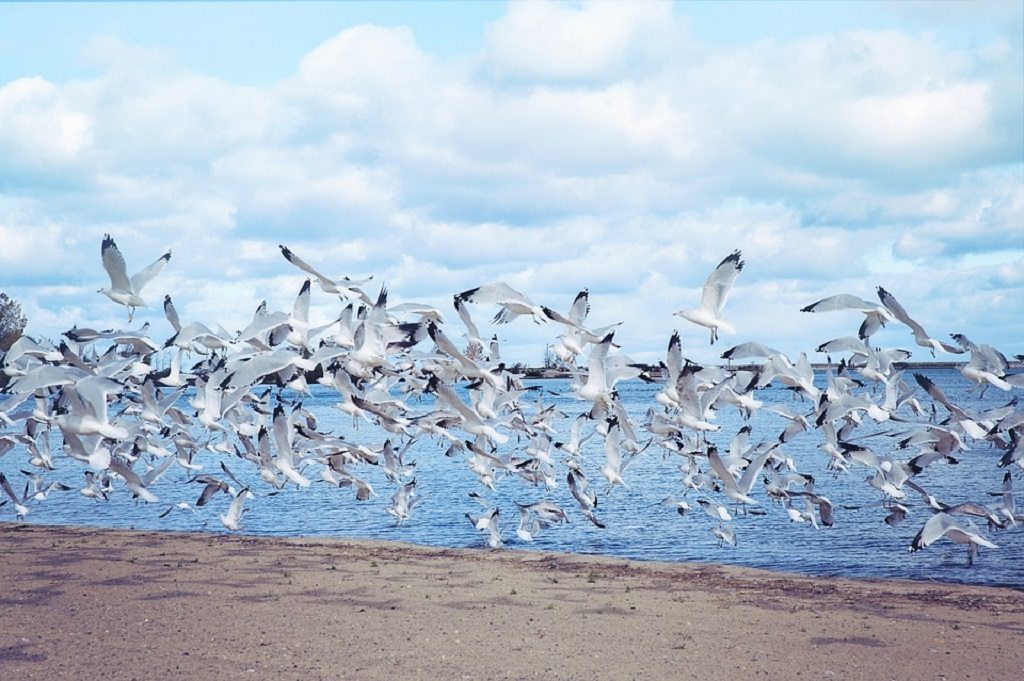[dropcap style=”font-size:100px; color:#992211;”]S[/dropcap]
ub-editors at the more rabid tabloids hang their heads in pity that it’s not the excrement of bats that’s keeping temperatures in the Arctic region low.
A perfect opportunity for ‘batshit environmentalism’ headlines slips through their grubby fat fingers.
Then again, why let the facts stand in the way of a good pullquote? ‘£350 million per week to the European Union’, after all….
It turns out bird poo helps cool the Arctic.
That’s according to new research from Colorado State University atmospheric scientists, who are working to better understand key components of Arctic climate systems.
Publishing in Nature Communications and featured by the American Association for the Advancement of Science, Associate Professor of Atmospheric Science Jeff Pierce and graduate student Jack Kodros present evidence linking ammonia emissions from summertime Arctic seabird-colony excrement, called guano, to newly formed atmospheric aerosol particles. These particles can in turn influence Arctic cloud properties and their effects on climate.
Clouds play a key role in modulating Arctic temperature; thus, understanding factors that influence clouds is essential, Pierce says. Central to the development of clouds is the availability of cloud condensation nuclei – small atmospheric particles around which water can condense.
Using a combination of observations and computer modeling, Pierce, Kodros and co-authors at Dalhousie University, University of Toronto, and Environment and Climate Change Canada determined that migratory-seabird colonies have a definitive influence on atmospheric particles and clouds in the pristine summertime Arctic.
They report the presence of summertime bursts of atmospheric particles linked to ammonia emissions from seabird-colony guano. These particles can spread throughout the Arctic, fostering cloud-droplet formation, and in turn reflect sunlight back to space for a net cooling effect.
“This newly identified and fascinating ecological-atmospheric connection highlights the interconnectedness of the many components of Earth’s climate system,” Pierce said.
Source: Eurekalert/Colorado State University
Image: Pixabay/Jill111

Some of the news that we find inspiring, diverting, wrong or so very right.





















